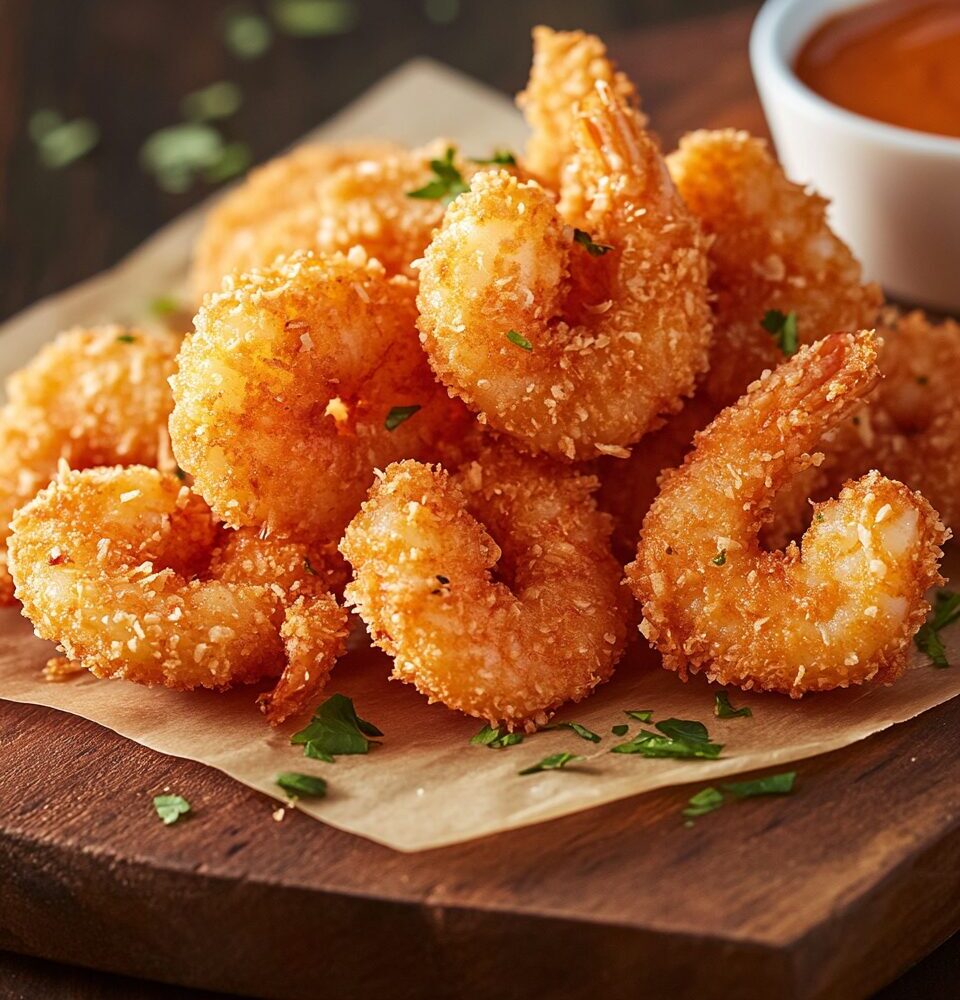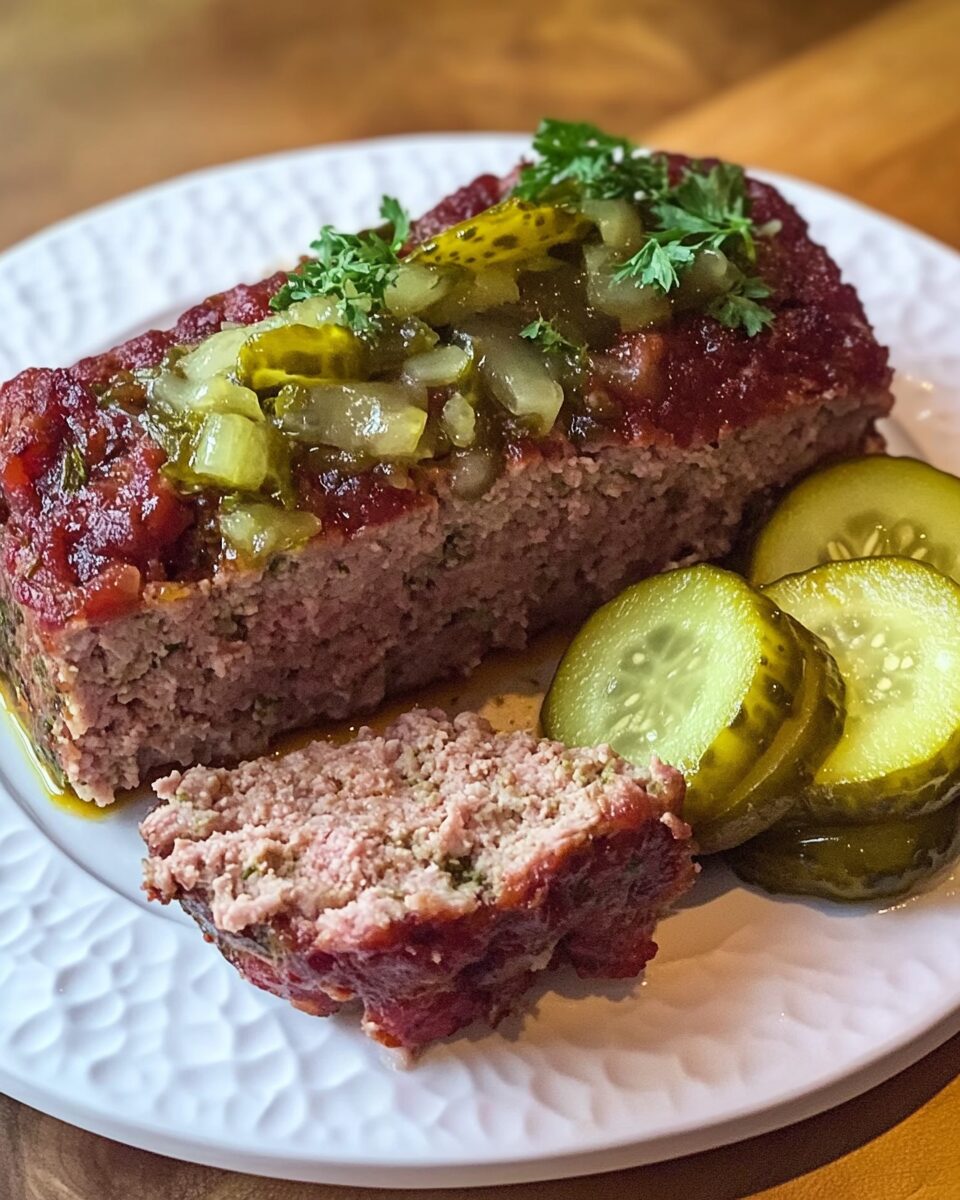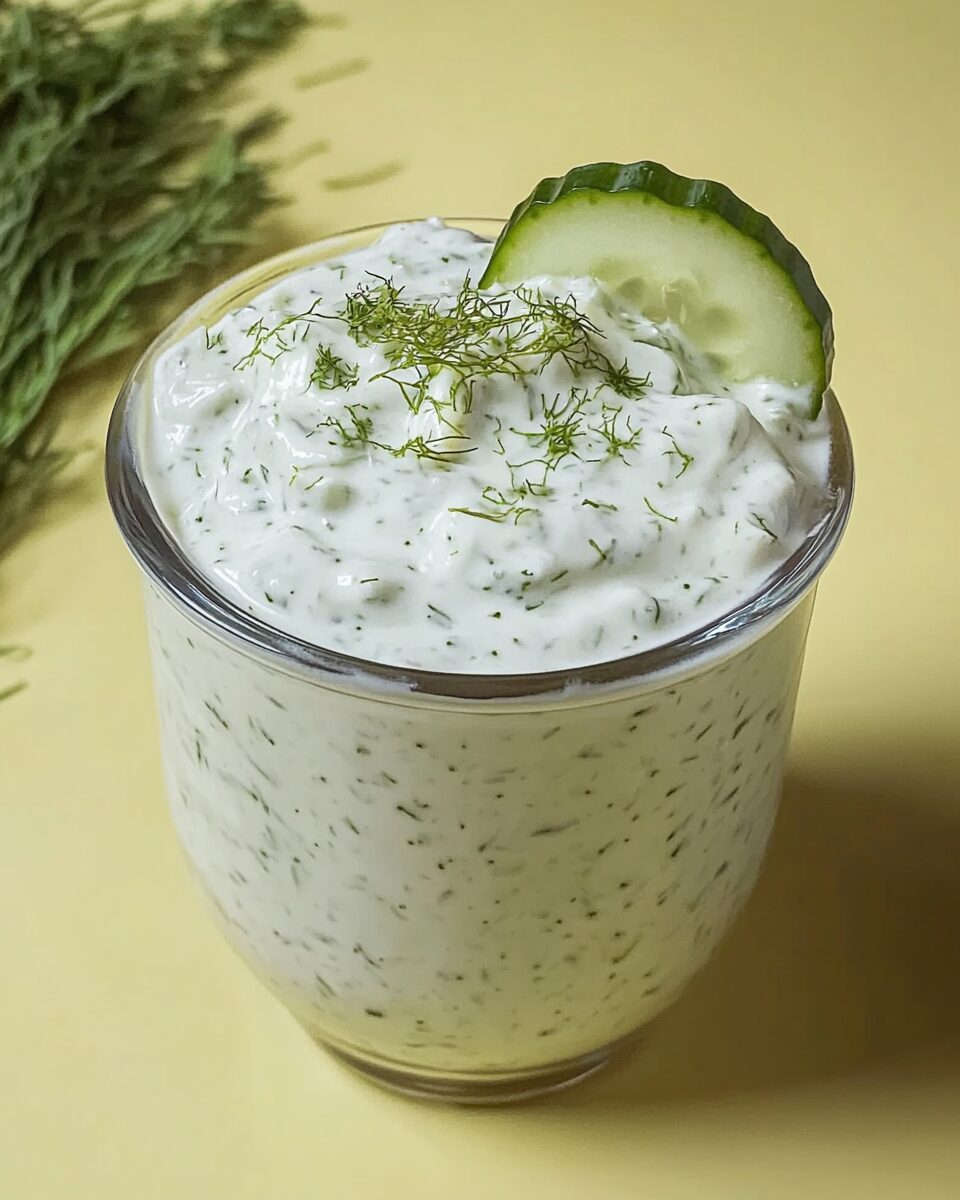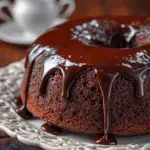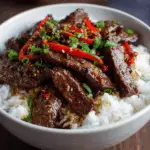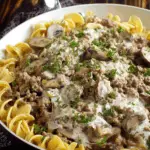The crispy magic of Coconut Shrimp lies in its balance of savory beer batter and sweet, toasty coconut coating. It’s the kind of dish that draws “oohs” and “aahs” the moment it hits the table, whether you’re serving it as a dinner party starter or a weekend treat. The quick frying gives each shrimp a satisfyingly crunchy texture without losing the tender juiciness inside.
Better yet, this recipe is adaptable and approachable. Use your preferred beer (or even soda), tweak the seasoning to suit your palate, and don’t skip the chilling step—it’s the key to locking in that coating. The classic marmalade-mustard-horseradish dipping sauce adds a tangy-sweet heat that takes it to restaurant-level quality. You’ll find yourself making this one over and over.
Full Recipe:
-
¾ cup all-purpose flour, divided
-
⅔ cup beer
-
1 large egg
-
1½ teaspoons baking powder
-
2 cups unsweetened flaked coconut
-
24 medium raw shrimp, shelled, deveined, tails attached
-
3 cups peanut or vegetable oil (for frying)
Directions:
-
Line a baking sheet with wax paper and set aside.
-
In a medium bowl, whisk together ½ cup flour, beer, egg, and baking powder until smooth.
-
Place remaining ¼ cup flour in one bowl and coconut flakes in another.
-
Holding each shrimp by the tail, dredge in flour, shaking off excess.
-
Dip shrimp into the beer batter, allowing the excess to drip off.
-
Roll in coconut until well coated and place on the prepared baking sheet.
-
Refrigerate shrimp for 30 minutes to help the coating adhere.
-
Heat oil in a deep fryer or skillet to 350°F (175°C).
-
Fry shrimp in batches, turning once, until golden brown—about 2–3 minutes.
-
Drain on paper towels and serve warm with your favorite dipping sauce (try a mix of orange marmalade, mustard, and horseradish).
Prep Time: 15 minutes / Cooking Time: 10 minutes / Total Time: 55 minutes
Kcal: 1166 kcal (per serving) / Servings: 6 servings (24 shrimp)
The Tropical Allure of Coconut Shrimp
Few dishes encapsulate the essence of tropical indulgence quite like Coconut Shrimp. With its perfect balance of crunchy sweetness and savory richness, this appetizer has earned its place as a menu staple in coastal restaurants, tiki bars, and seafood-loving households alike. The golden crust of flaked coconut wrapped around tender shrimp creates a mouthwatering contrast that appeals to a wide range of palates. It’s a dish that feels celebratory and luxurious, yet with the right technique, it’s surprisingly simple to make at home.
What Makes Coconut Shrimp Unique
The uniqueness of Coconut Shrimp lies in its ability to combine texture and flavor in a way that very few appetizers manage. The coating is not just a tool for crispiness — it adds character. Unsweetened coconut flakes offer a subtle nutty sweetness that contrasts beautifully with the savory notes of the beer batter. When deep-fried, the coconut turns golden and aromatic, forming a crust that’s satisfyingly crisp on the outside while keeping the shrimp juicy on the inside.
Unlike traditional breaded shrimp, coconut shrimp creates a sensory experience that evokes sun-soaked beaches and festive meals. It’s playful and elegant all at once — a show-stopper that never fails to impress.
The Role of Beer in the Batter
One of the standout components in this recipe is the use of beer in the batter. Beer does more than add flavor — it contributes to the lightness of the coating. The carbonation in beer creates bubbles in the batter, which results in a fluffier and less greasy fried crust. Depending on the beer you choose, it can also subtly influence the taste profile. A light lager will keep things crisp and neutral, while a craft ale might add a slightly malty depth.
If you’re preparing this dish for someone who avoids alcohol, fear not — the alcohol cooks off in the frying process. However, for a completely alcohol-free version, a fizzy soda water or lemon-lime soda can be substituted with similarly airy results.
Why Chilling is Essential
A key step often overlooked in fried recipes is refrigeration before frying. After battering and coating the shrimp, this recipe calls for a 30-minute chill time. This step is critical. It helps the batter and coconut adhere better during frying and results in a cleaner, more uniform crust.
Refrigeration also firms up the batter-coated shrimp, which reduces the likelihood of losing coconut flakes in the oil. It’s a small investment of time that pays off with a more professional finish — one that’s both beautiful and easier to cook.
Best Oils for Frying
Since this recipe involves deep-frying, the oil you use matters. You need something with a high smoke point and neutral flavor. Peanut oil is ideal — it’s stable, has a high smoke point, and doesn’t overpower the taste of the shrimp or the coconut. Vegetable oil and canola oil are great alternatives, offering clean, unobtrusive bases for the rich, golden crust to develop.
Make sure your oil is properly heated to around 350°F (175°C) before frying. This temperature ensures the coconut crisps up without absorbing too much oil, leaving you with light, non-greasy shrimp.
Dipping Sauce: A Necessary Companion
Coconut Shrimp is delicious on its own, but it truly shines when paired with the right dipping sauce. The classic option — a blend of orange marmalade, Dijon mustard, and horseradish — strikes the ideal balance between sweet, tangy, and spicy. This sauce amplifies the tropical flavors and cuts through the richness of the fried coating, creating a multidimensional taste experience.
You can experiment here too. A Thai sweet chili sauce, a spicy mango chutney, or even a tangy tamarind reduction would work beautifully. What matters is that your dipping sauce complements the coconut’s sweetness and adds an extra zing to each bite.
Making It Healthier: Baked or Air-Fried Options
Traditional Coconut Shrimp is deep-fried, which delivers that signature crunch, but there are lighter alternatives. You can bake the shrimp at a high temperature (around 475°F or 245°C) for 15–20 minutes on a lined baking sheet sprayed with oil. This reduces the fat content while still delivering crispiness.
For a modern twist, use an air fryer. Cooking at 360°F (182°C) for about 10–12 minutes results in a very close texture to the fried version but with significantly less oil. Just be sure to lightly spray the shrimp with cooking oil before air frying to help the coconut brown properly.
Serving Suggestions and Meal Pairings
Coconut Shrimp is versatile enough to be served in multiple settings. As a starter, it’s excellent alongside a cocktail or mocktail. For a more complete meal, pair it with jasmine rice, a tropical fruit salsa, or a crisp green salad with a citrus vinaigrette.
Looking for a Caribbean-inspired dinner? Serve Coconut Shrimp with coconut rice, grilled pineapple, and a side of black beans. For a Thai-style twist, consider pairing it with a mango salad and spicy peanut noodles. Because of its bold flavor, Coconut Shrimp thrives when served with fresh, acidic, or slightly spicy companions that contrast its richness.
Storing and Reheating Tips
If you’re lucky enough to have leftovers, Coconut Shrimp stores well for up to three days in an airtight container in the refrigerator. To reheat, use an oven or air fryer to restore the crispiness. Avoid the microwave unless you’re in a pinch — it tends to make the coating soggy.
For longer storage, Coconut Shrimp can be frozen. Place them on a baking sheet in a single layer to freeze, then transfer to a freezer-safe bag or container. Reheat directly from frozen in the oven or air fryer for best results.
Coconut Shrimp Around the World
This dish may seem quintessentially American or even Polynesian in its aesthetic, but coconut-coated seafood can be found in various global cuisines. In parts of the Caribbean, it’s a beloved street food, while Southeast Asian countries use shredded coconut in fried seafood preparations as part of their traditional menus.
This universal appeal highlights the adaptability of the coconut as an ingredient. It pairs seamlessly with ocean flavors, adding a natural sweetness that enhances rather than overpowers.
Why It’s Worth Making at Home
While you can find Coconut Shrimp on restaurant menus, especially in seafood chains or tropical-themed eateries, making it at home allows you to control every aspect — from the type of coconut and oil used to the seasoning in the batter. It also opens the door to creativity. Want to make it spicier? Add cayenne to the flour or a few dashes of hot sauce to the batter. Prefer a sweeter crust? Mix in a touch of brown sugar or use sweetened coconut.
Homemade Coconut Shrimp is also more economical. Restaurant versions are often pricey and served in small quantities, but when made at home, you can prepare a generous batch that’s perfect for entertaining or meal prepping.
Conclusion
Coconut Shrimp is a celebration on a plate. It combines the best of sweet and savory, crunchy and tender, tropical and indulgent. Whether you serve it as a casual appetizer, a centerpiece for your next party, or a fun family dinner, this dish delivers flavor and flair.
Its success lies in the balance of technique and creativity — from selecting the right beer to choosing the ideal dipping sauce. With just a few ingredients and a little bit of prep time, you can create a restaurant-quality experience in your own kitchen. So why not bring a taste of the tropics to your table tonight?

